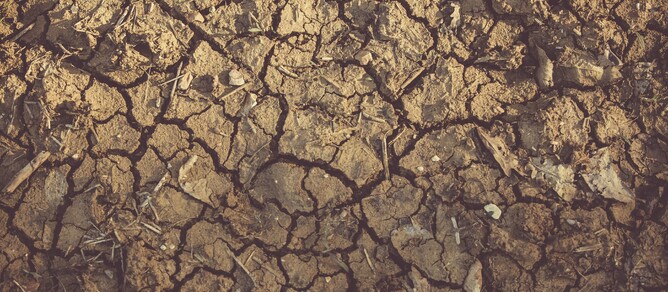Soil exhaustion is a major problem affecting agricultural productivity and sustainability. Also known as soil depletion, or soil fatigue, these terms refer to depletion of soil nutrients and organic matter, leading to decreased fertility and reduced plant growth. Soil exhaustion can occur due to several reasons, and addressing it requires a multi-pronged approach.
The causes of soil exhaustion are many and varied, but some of the most common ones include:
Overuse of Chemical Fertilizers: Overuse of synthetic fertilizers can lead to soil exhaustion. These fertilizers contain high amounts of nitrogen, phosphorus, and potassium, which can cause nutrient imbalances in the soil and reduce the number of beneficial microorganisms that help maintain soil health.
Monoculture Farming: Monoculture farming, where only one crop is grown repeatedly in the same area, can cause soil exhaustion as it depletes the soil of specific nutrients. This leads to nutrient imbalances, decreased soil fertility, and reduced crop yields. This is a significant risk and is a common hallmark of main stream intensive farming and cropping methods, especially with high demand crops like corn, an intensive grazing regimes where winter cropping (with break feeding) is not factored into pasture management practices.
Soil Erosion: Soil erosion can cause soil exhaustion as it leads to the loss of topsoil, which is the most fertile layer of soil. When topsoil is lost, the soil's ability to hold water and nutrients decreases, leading to poor plant growth.
Run-off: When soil carbon levels are low, the soil becomes compacted and less permeable to water, leading to water runoff. As the water runs off, it carries nutrients with it, causing leaching of essential plant nutrients. This leads to a decrease in soil fertility, and the soil becomes less productive over time.
So, what are the possible solutions to address soil exhaustion? Here are some options:
Application of vermicast: Vermicast is an excellent solution to soil exhaustion. It provides essential plant nutrients, improves soil structure, enhances soil fertility and reduces soil erosion. It also improves bio-diversity in the soil which increases plants ability to uptake nutrients.
Crop Rotation: Crop rotation is a farming practice that involves planting different crops in the same field in a sequence. This helps to restore soil fertility, reduce soil erosion, and control soil-borne pests and diseases. By rotating crops, farmers can ensure that different nutrients are returned to the soil, which helps to maintain soil health.
Cover Cropping: Cover cropping involves planting crops specifically for the purpose of covering the soil. This helps to prevent soil erosion, increase soil organic matter, and improve soil structure. Cover crops also attract beneficial insects and microorganisms that help maintain soil health.
Composting: Composting is a process of decomposing organic waste into a nutrient-rich soil amendment. Adding compost to soil can increase soil organic matter and improve soil fertility. Composting also helps to reduce waste and improve soil structure.
Use of Natural Fertilizers: Natural fertilizers, such as compost, manure, and bone meal, can help to restore soil fertility without causing nutrient imbalances. These fertilizers also help to improve soil structure and increase water-holding capacity.
Soil exhaustion is a significant challenge that needs to be addressed urgently. It is crucial that farmers, policymakers, and the public work together to ensure that our soils remain healthy and productive for generations to come.
We believe we are ideally placed to help with solutions and we super excited to be part of it.



